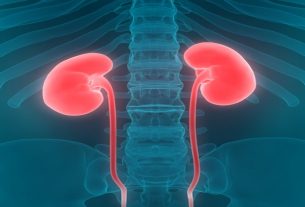The use of nitrous oxide (N2O) as a pain relief option for individuals in labour is safe for newborn children and the individual, according to a recent study.
The research led by the University of Colorado College of Nursing and the School of Medicine Department of Anesthesiology at the Anschutz Medical Campus was published in the Journal of Midwifery & Women’s Health.
The study surveyed 463 women, who used nitrous oxide during labour. The study is the largest and first of its kind in the United States to report rates of side effects from N2O use during labour, as well as reasons for women in labour after caesarean to convert to other forms of pain relief.
Of the women, who began using N2O as an initial pain relief technique, 31 per cent used only N2O throughout labour and 69 per cent transitioned to another pain relief method such as epidural and/or opioids.
“Nitrous oxide is a useful, safe option for labour analgesia in the United States. And for some labouring mothers, that’s all the pain relief they need. Understanding predictors of conversion from inhaled nitrous oxide to other forms of analgesia may assist providers in their discussions with women about pain relief options during labour,” said lead author and Associate Professor with the University of Colorado College of Nursing Priscilla M Nodine, PhD, CNM.
The reason most often cited (96 per cent) for converting from N2O to an alternative therapy was inadequate pain relief. The odds of conversion from N2O increased approximately 3-fold when labour was augmented with oxytocin and when labour was induced.
Also, those who had a history of caesarean section and experienced labour post-caesarean had more than a 6-fold increased odds of conversion to neuraxial analgesia or epidural. The odds of conversion to neuraxial analgesia decreased by 63 per cent for individuals who had given birth previously relative to those who were giving birth for the first time, finds the study.
Approximately four million women in the United States give birth each year, and for many, coping with labour is a significant concern. Epidurals and spinal blocks, also known as neuraxial analgesia, are the most frequently used pain management tools in the United States, with the main alternative being systemic opioids, which can be associated with both maternal and foetal adverse effects.
Recently reintroduced as a pain relief option during labour in the United States, N2O has a long history of use in many developed nations and is increasingly available in the US.
“While there is a fair body of anecdotal evidence of safety and effectiveness for how nitrous oxide affects pain during labour, few systematic analyses of outcomes are available from US-based cohorts,” said Nodine.




